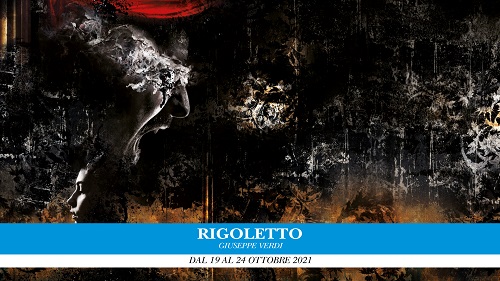Visit Florence
- Art & culture
- Tastings & Cooking Classes
- Florence Outdoor
- Day tours
- Events
- Shopping
- Hotels in Florence
Be.Curious
Destination Florence

What you will find
In April 1850 Verdi signed a contract with the Teatro La Fenice in Venice for a new opera. The subject that the composer proposes to the librettist Francesco Maria Piave is Le Roi s amuse, the historical drama by Victor Hugo staged at the Comédie-Française in 1832 and censored for portraying the monarchy in its worst vices. The choice is dangerous and Verdi knows it. In fact, the Venetian censor does not initially accept the master's proposal, judging the subject "of revolting immorality and obscure triviality". To annoy the censorship is the element of the curse, which for Verdi is the driving force of all the action and the first title he conceived for the opera. After a long diatribe, a compromise is reached: the action is moved by time and place, the king of France downgraded to Duke of Mantua and the work entitled with the name of the hunchback Rigoletto. The first title of the so-called 'popular trilogy', Rigoletto made its successful debut on 11 March 1851, setting a decisive turning point in the opera scene of the time. For the first time the main role is entrusted to a character of humble origins, wretched and deformed. A man with a tormented personality, Rigoletto is as cynical and ruthless in carrying out the role of a jester, as well as loving and passionate in the dimension of a father. Inevitably marked by that curse that has accompanied him from the very beginning of the opera, Rigoletto will lose everything, even the most expensive asset, being crushed by the weight of a destiny which he cannot escape.
Keep readingWhere / Meeting point
Piazzale Vittorio Gui 1 - 50144 Firenze (FI)








 All the services are provided by local merchants
All the services are provided by local merchants By using this site you support Florence
By using this site you support Florence We offer products with high-quality standards
We offer products with high-quality standards You stay sustainable
You stay sustainable It's a 100% trustworthy website
It's a 100% trustworthy website